Living with disabilities that are not visible
In building a more inclusive society, one group finds itself overlooked. Those with learning disorders or hearing loss may not seem obviously handicapped, unlike those with physical disabilities, but they need help and acceptance, too. Insight looks at the effects of having an invisible disability.
Sign up now: Get ST's newsletters delivered to your inbox
Kok Xing Hui
Follow topic:
When people think about disability, the image of a wheelchair comes to mind. Even the international blue-and-white symbol signalling easy access for the disabled is that of a stick figure in a wheelchair.
Yet, there are some whose plight is overlooked - those with disabilities that are not visible.
One in 68 children in Singapore has autism, a developmental disorder, for example. Conditions such as hearing impairment cannot be "seen" either.
The issue of those with invisible disabilities - who also need help, empathy and acceptance - is timely, as Singapore is working on its third masterplan to chart the development of policies and services for people with disabilities.
And there is much work to be done, going by my recent experience in a wheelchair. Just by sitting in this obvious symbol of need, I felt vulnerability.
Imagine, then, what it must be like when you look "normal", yet are inwardly struggling with day-to-day life.
For one hour, I - a healthy 28-year-old - became an elderly woman with impaired movement, bad eyesight and poor hearing, in a wheelchair.
I was fitted out with 6kg of ankle weights. The deafness was due to ear plugs, and the poor eyesight came courtesy of some foggy sunglasses.
I had no idea what was going on, what people were saying to me, and where we were going. Worse, I was entirely dependent on my "elderly caregiver", 21-year-old Seet Kai Li - even when I needed to go to the toilet.
I was taking part in a disability simulation with 40 Singapore Management University (SMU) students in a "Managing Diversity in Asia" course, held in March.
Students spent an hour navigating the sprawling campus, wearing props to simulate what it might feel like to have disabilities.
When I told my editors about the simulation, they were concerned it might seem like a token exercise. However, it was very worthwhile in terms of developing empathy.
Moving around campus was difficult and slow, despite my groupmates being SMU students who knew the buildings' orientation.
Psychology and analytics student Justin Ong, 24, said: "To use the lifts, we had to go to many corners."
The experience was also isolating and scary. Being hard of hearing made me not want to talk, but not communicating meant I was clueless about what was going on.
Yet that was just for one hour. As course instructor Ho Jack Yong said: We didn't have to think about making a home, looking for jobs, or finding a romantic partner.
'Your son has special needs? So do my dogs'
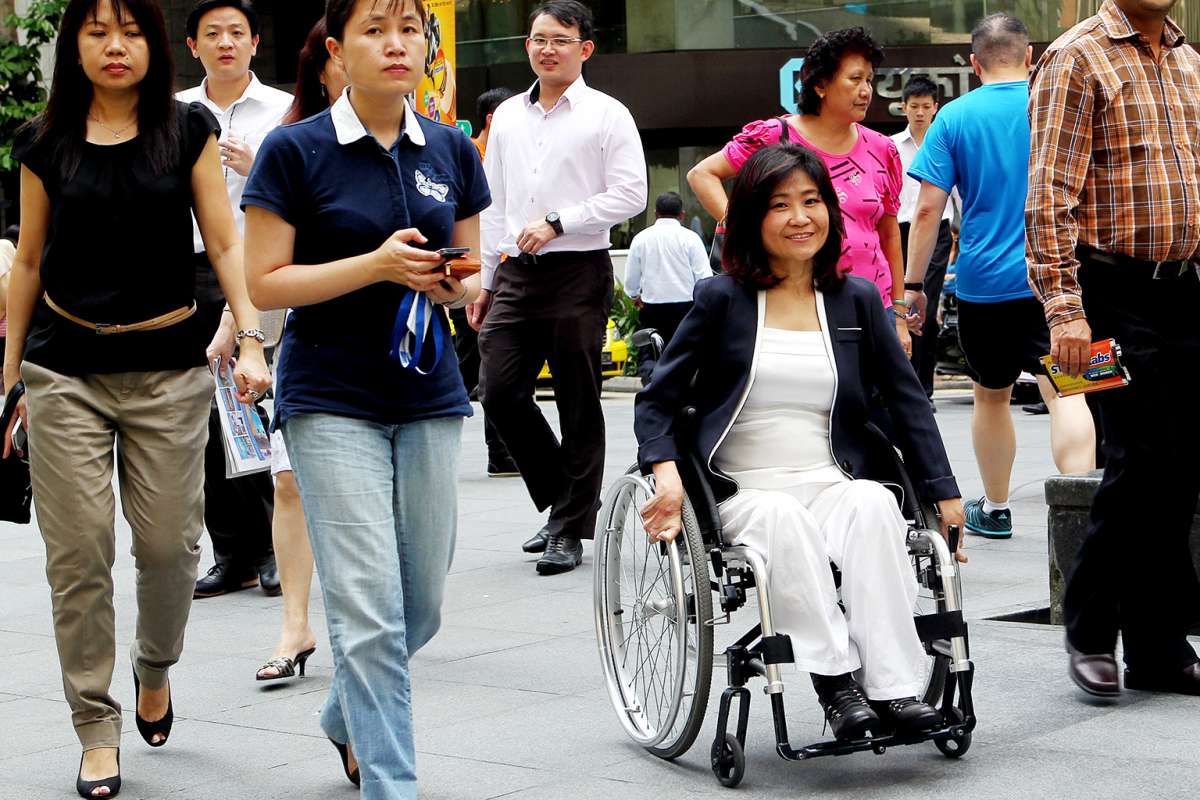
Many people know that MP Denise Phua (Jalan Besar GRC) has a son with autism, a lifelong developmental disability that affects a person's ability to make sense of the world and relate to others. But as with all families struggling with mental health conditions, theirs is often a lonely journey made worse by society's lack of understanding.
Take an incident that happened 16 years ago to Ms Phua's son, who was four at the time.
The boy saw two golden retrievers in a park and, drawn by their exuberance, went and played with them. Suddenly the dogs' owner appeared and pushed the little boy.
I not stupid - I have dyslexia
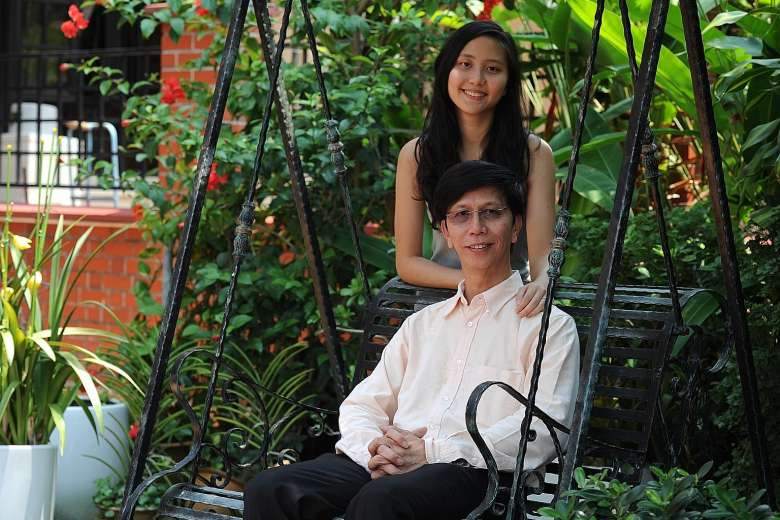
Such is his acumen that the Chief Technology Officer at Singapore Technologies Kinetics guides PhD candidates.
Yet, as a youngster, he was regarded as stupid by teachers, parents and neighbours because he could not keep up in class.
Class pranksters forgot he could bleed to death
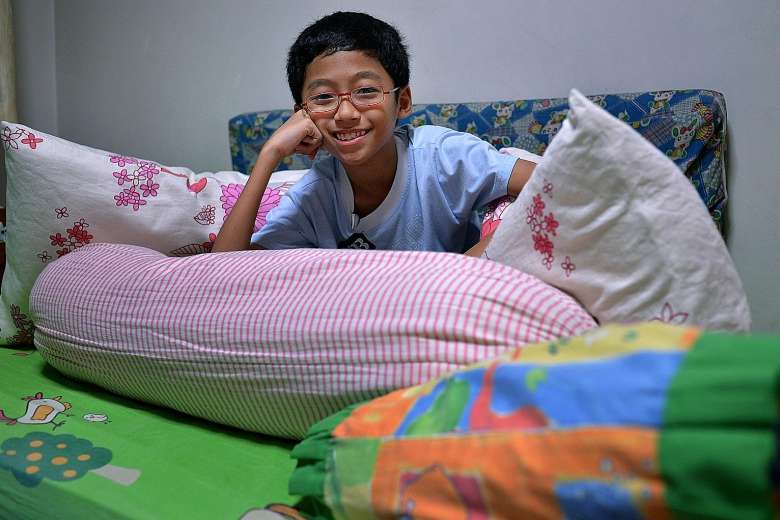
For four years in primary school, Ang Kai Jun, now 12 and in secondary school, endured the antics of fellow pupils who failed to comprehend the severity of his illness.
Kai Jun has severe haemophilia, a rare genetic condition in which the blood does not clot properly. There is no cure. Victims bruise easily when they fall, and suffer bleeding into their muscles and joints.
Boy with autism has few playmates
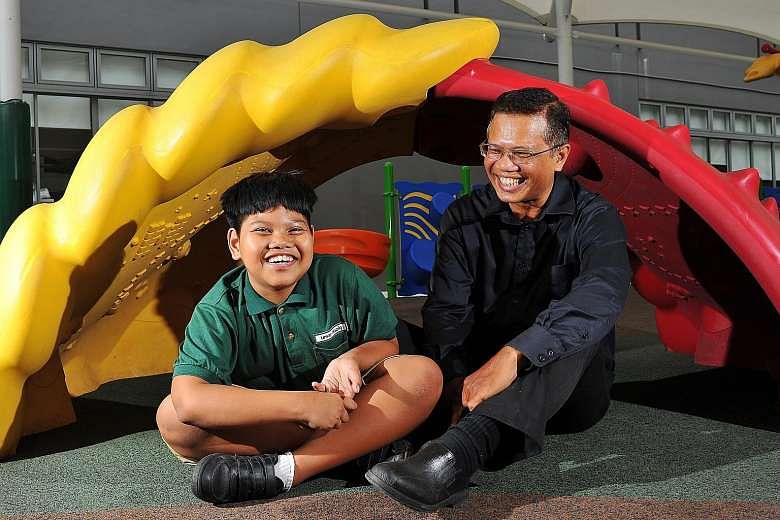
What the children do not understand is that Umar has autism. It affects his learning development and impairs his social interaction and communication skills.
His father, Mr Mohamed Jusri Bangi, 48, says: "When he's not following rules, they run away from him. As a parent, when you see children running away from your child, it's quite disheartening."
Facing their fears, at sea
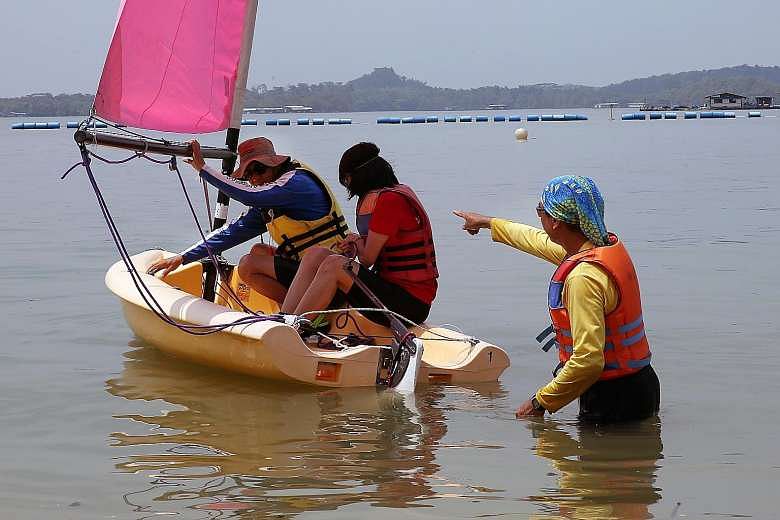
Sarah (not her real name) has schizophrenia and is prone to moments when she freezes and does not respond to anyone.
After 10 minutes, she had still not joined the instructor.
The art of making friends
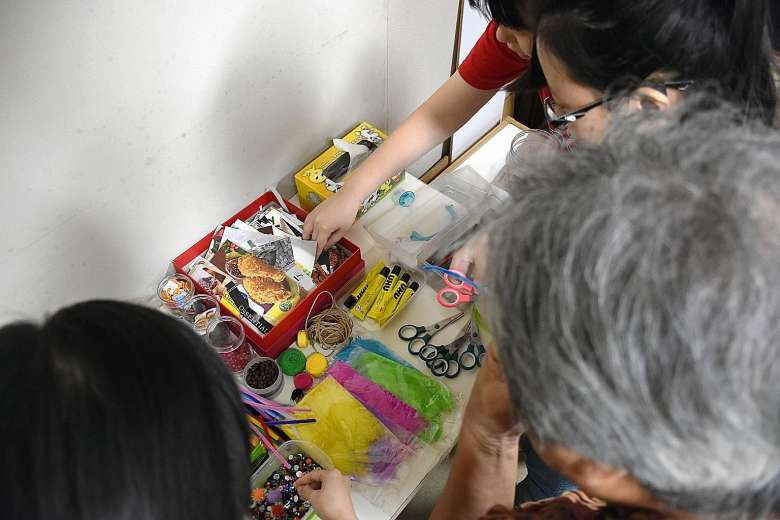
Through this, the Singapore Association for Mental Health (SAMH) hopes people will get to interact without any preconceived notions, and come to realise that those with mental disabilities are no different from others, especially when their conditions have stabilised through treatment.
The art therapy sessions, run by SAMH since 2011, are at its Creative Hub at Goodman Arts Centre.

